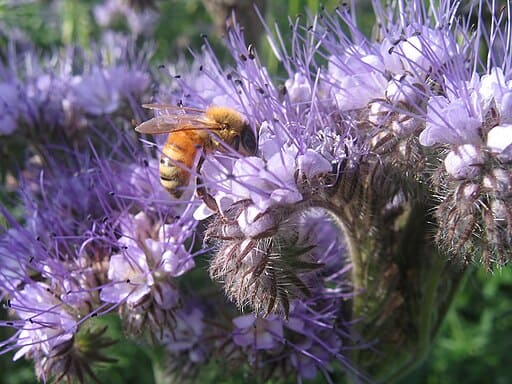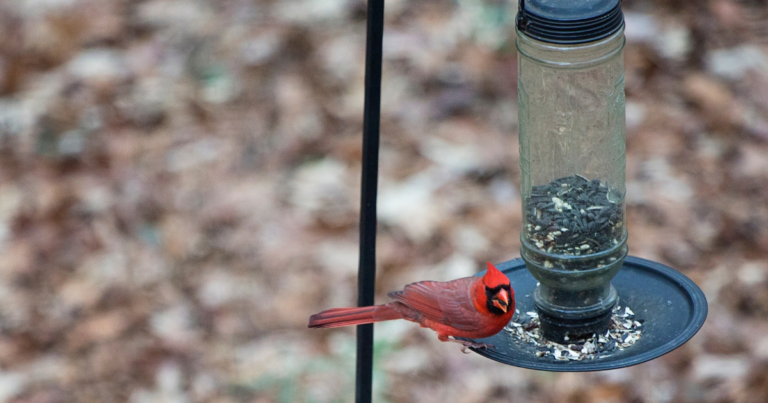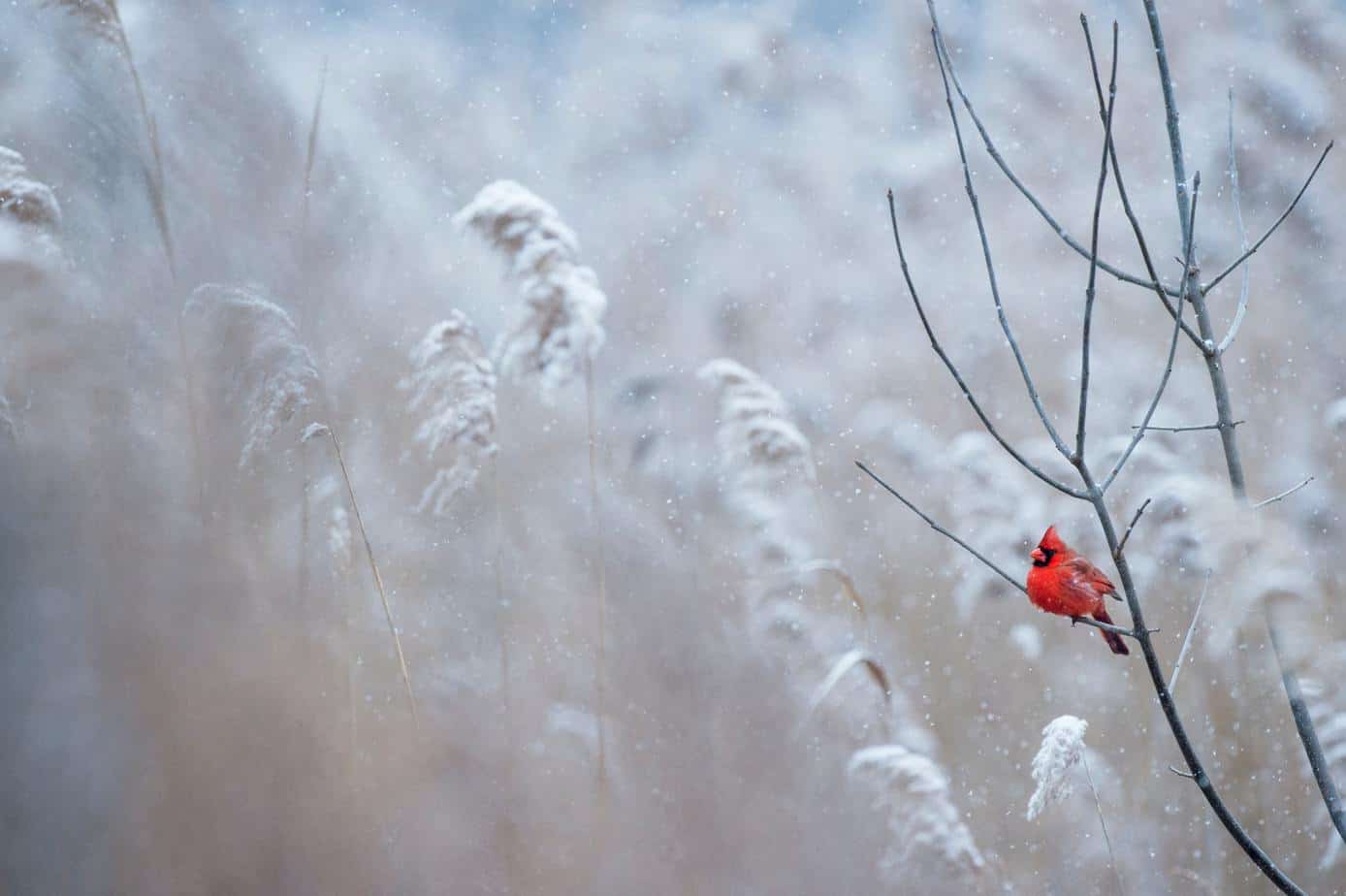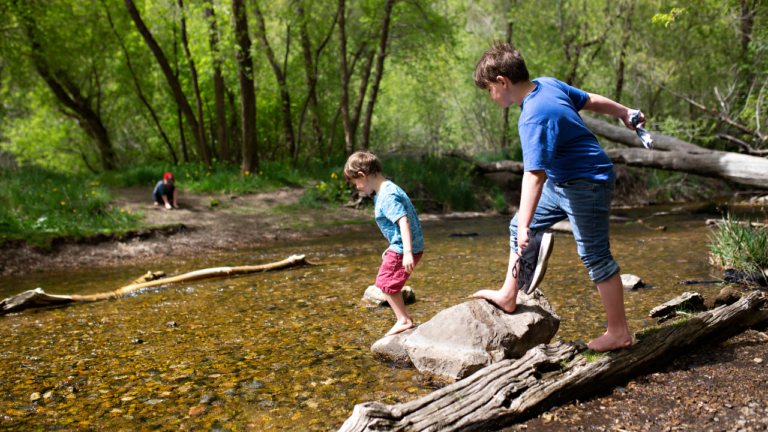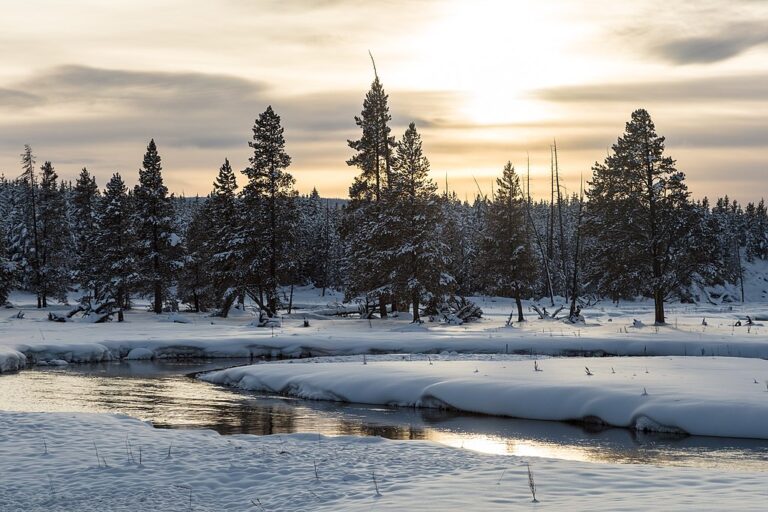Exploring Wild Bees in Our Ecosystem: Why Are They Important?
Let’s explore the world of wild bees – those tiny powerhouses essential for a thriving ecosystem. Much like when we explored freshwater macroinvertebrates to understand stream health, and the power of clouds to impact our planet’s climate, understanding wild bees enhances our appreciation of our local ecosystems. Plus, identifying them can be an incredibly rewarding addition to your outdoor learning adventures.
Pssst! We explore a new nature-focused topic every month in our Field Trip Science Membership. If you’d like to learn more about that, head here!
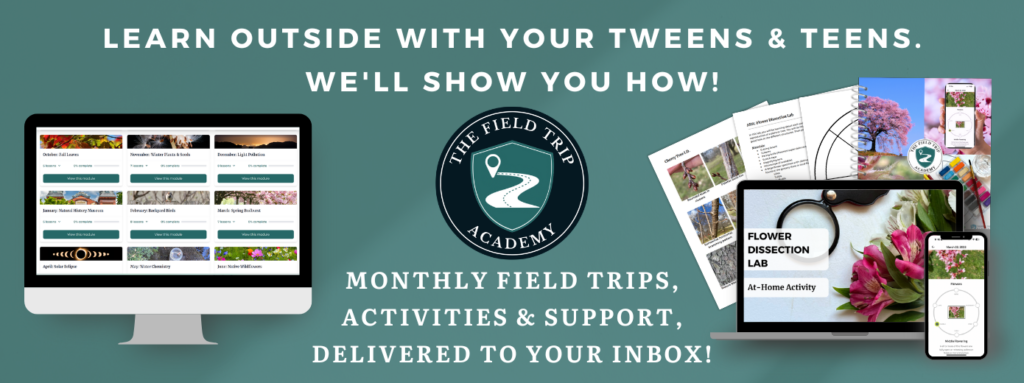
Why Wild Bees Matter
Wild bees, including thousands of species beyond the well-known European honeybee, play a pivotal role in pollinating wild plants and our favorite fruits and vegetables. In fact, they are so important that without them, our diets would be far less interesting (no bees, no plants, no food!)
But did you know that many of these tiny pollinators are in danger? That’s right, habitat loss, pesticides, and climate change are making it tougher for wild bees to survive.
Learning about wild bees and their role in our ecosystem is not just educational; it’s a push towards raising environmentally conscious individuals. It’s about fostering a generation that knows and cares about the creatures we share this planet with. It’s about teaching them that they have the power to take action to make a difference.
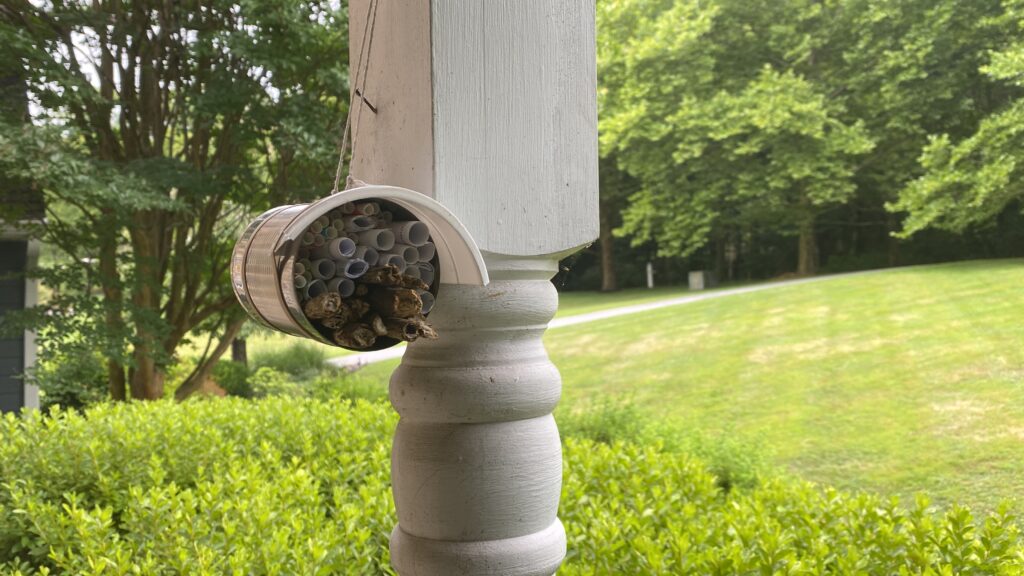
Free Wild Bee Identification Resource
Identifying wild bees can seem daunting at first. They are small and constantly moving…a lot like some of our kids, right?! There are about 4,000 bee species just in the United States (and around 20,000 species worldwide). But don’t worry, identifying them in broad categories, or genera, doesn’t require a biology degree—just curiosity, binoculars, and our free Wild Bee Identification Mini-Book. We made it with homeschooling tweens and teens in mind!
This resource simplifies the indentification process, focusing on seven wild bee genera and three types of bee mimics you might encounter in your outdoor explorations. From buzzing bumblebees (Genus Bombus) to tiny sweat bees (Genus Halictus), the mini-book is designed to help homeschoolers of all ages start identifying these important pollinators in their natural habitat.

How To Take a Wild Bee Field Trip
Prepare: Before heading out, spend some time with the Wild Bee Identification Mini-Book. Get familiar with the different characteristics that distinguish each genus. Talk about the importance of pollinators and why protecting them is crucial for our world.
Observe: Once you’re in the field (literally!), take your time. Sit quietly and watch flowers or flowering shrubs; you’ll be surprised at the variety of bees and bee mimics that come to visit. Use your binoculars to get a close-up view without disturbing them.
Record: Bring a notebook or nature journal along and record your observations. Sketch the bees you see, jot down the plants they are visiting, and note any interesting behaviors. This can be a wonderful ongoing project throughout the different pollination seasons.
Conserve: Learning about wild bees inevitably leads to the desire to protect them. Plant native flowers, create bee habitats, and practice organic gardening to provide safe havens for these essential pollinators.

Integrating More Wild Bee Studies into Your Homeschool
Incorporating additional wild bee studies into your homeschooling curriculum doesn’t have to be daunting. Websites like Planet Bee offer a wealth of resources to supplement your field trip experience with worksheets, activities, videos, and community science projects for various age groups.
Our article, Nature Study Tips and Tricks for Success in a Multiage Homeschool, guides you in creating adaptable nature-focused learning experiences that can also complement your wild bee studies.
Bringing It All Together
Homeschooling offers a unique opportunity to tailor education to our children’s interests and the world around us. By learning about wild bees, we’re not just “doing science”; we’re instilling a sense of wonder and stewardship for the natural world.
Ready to embark on this buzz-worthy adventure? Grab your copy of our Wild Bee Identification Mini-Book. And for new nature focused field trips and activities every month, join us in our Field Trip Science Membership! Together, we can make nature fun, educational and meaningful for everyone.


